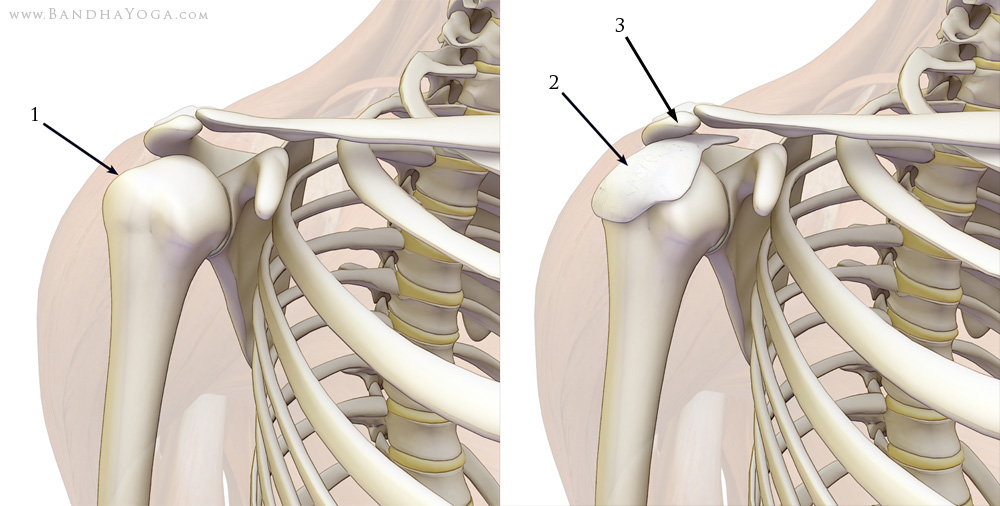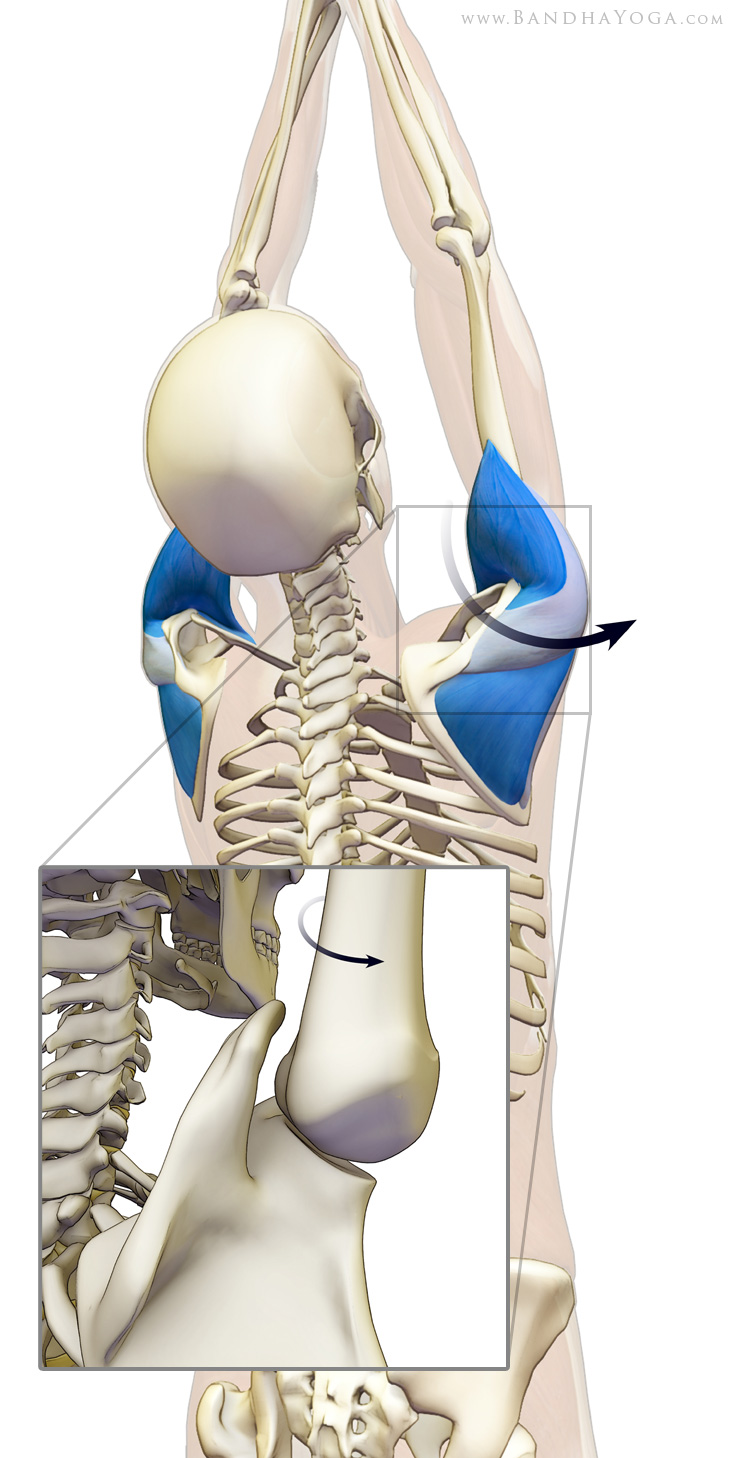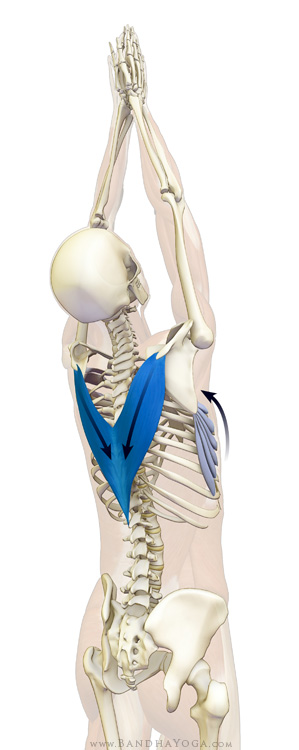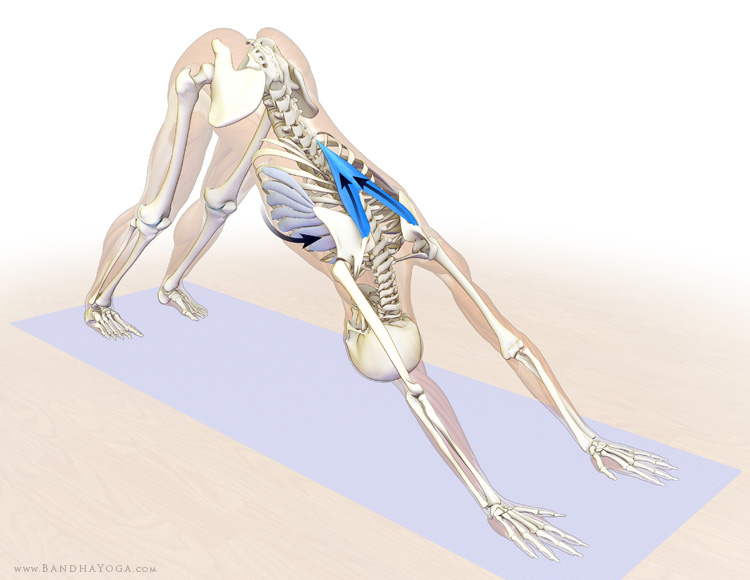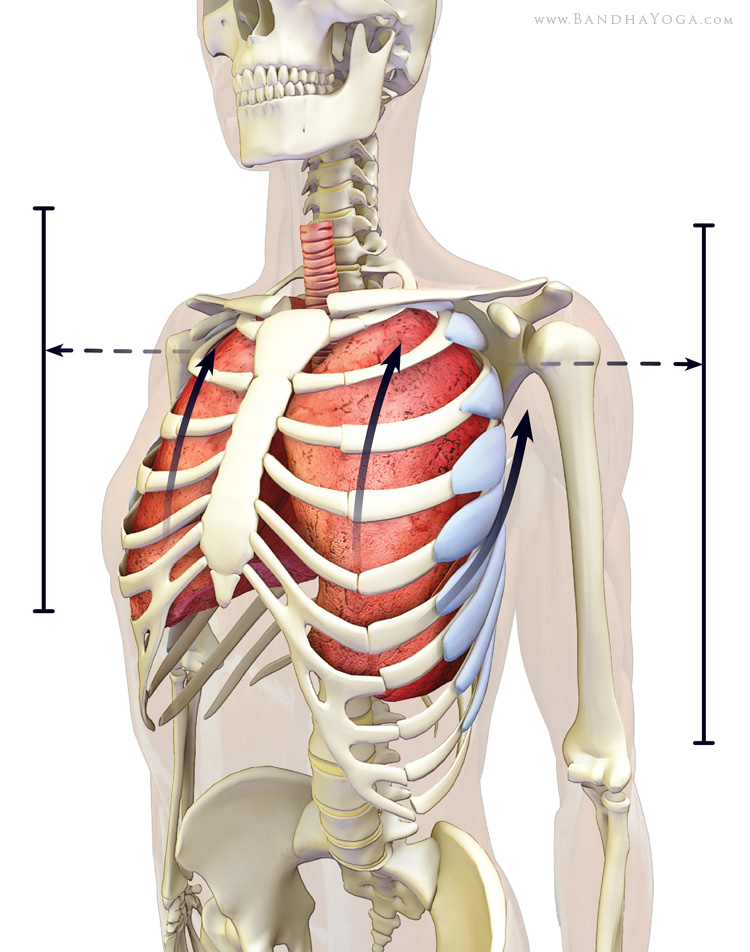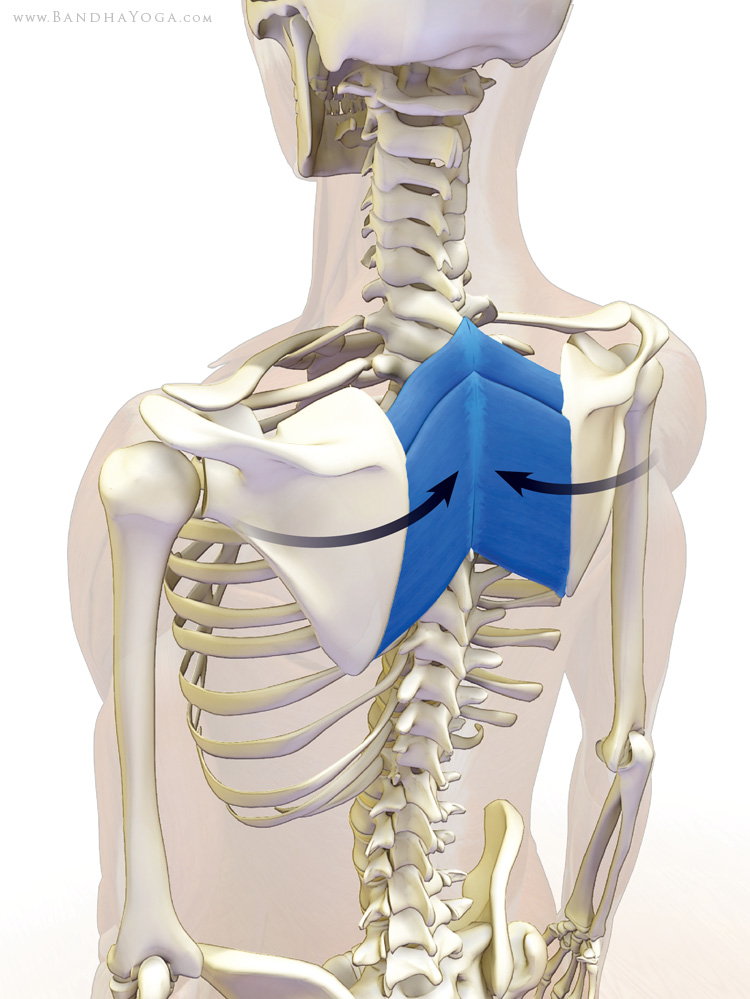By Stephen E. Alway, Ph.D., FACSM
Looking for a new movement to hammer your
chest? Try bodyweight flyes with barbells to inject some life into your
workouts and supercharge your chest training.
ANATOMY LESSON
The
pectoralis major is a large, thick, fan-shaped muscle that makes up most of the bulk of the anterior chest wall.
1 It covers the upper (superior) part of the chest and its outside (lateral) border forms the front (anterior) wall of the arm pit (axilla). It is important to note that the
pectoralis major muscle has two heads. The clavicular head begins from the anterior surface of the clavicle (collar bone).
1 The second and larger head is the sternocostal head. It takes its origin from the manubrium (the top portion of the sternum), the upper six costal cartilages (cartilages at the ends of the ribs that attach to the sternum) and from the tendinous-like portion of the superior part of the
external oblique muscle of the abdominal wall. The clavicular and sternocostal heads converge on a groove near the head of the humerus (intertubercular groove on the humerus (upper arm bone) near the shoulder joint.
1
The arrangement of fibers of the pectoralis major makes it a multi-functional muscle because the angles of pull on the humerus differ considerably across the muscle. This means that various angles and exercises are needed to achieve full activation of every fiber in this broad muscle, and some exercises can be used to specifically activate a particular muscle region while minimizing activation in another. For example, the inner and middle parts of the sternocostal head of the pectoralis major are preferentially activated by bodyweight flyes with barbells on the floor.
The pectoralis major muscle adducts the humerus bone (draw the arm towards the midline of the body). This is the primary activation pattern of the bodyweight flyes with barbells. The pectoralis also flexes the humerus by drawing the arm forward.1 The clavicular head flexes the humerus by moving the humerus bone of the upper arm forward.
In addition to the
pectoralis muscles, bodyweight flyes with barbells on the floor will cause contraction in the
anterior deltoid muscles. These muscle fibers invoke a strong flexion of the humerus at the shoulder (bringing the humerus bone of the upper arm forward).
1 The medial fibers primarily produce abduction of the humerus (raising the humerus away from the side of the body)
1; however, they are also active to support the humerus during the lift upwards.
1 The posterior fibers produce strong extension (bringing the humerus bone posteriorly) of the humerus and are only active to stabilize the shoulder joint.
THE EXERCISE: BODYWEIGHT BARBELL FLOOR FLYES
1. Position two equally loaded barbells on the floor and parallel to each other. Make sure that they are able to roll on the floor freely.
2. Place yourself between the bars in a push-up position. Your body should be straight, one hand on each bar (near the center of the bars). Support your weight on your toes and hands.
3. Extend your elbows to a straight position, keep your body straight and your elbows close to your ribs. This is your starting position.
4. Using a slow and very controlled motion, slide your hands away from the midline of your body (abduction), by rolling the bars apart. Keep the elbows flexed slightly but keep them at this angle.
5. Slowly lower your body towards the floor as your
arms and barbells move farther apart. Inhale as the bars are moving apart.
6. After moving the barbells as far apart as you can (keep control of your body), pause for a second, then start your return to the starting position by rolling the bars back together to the starting position. Exhale as the arms are adducted towards the midline of the body.
RX TIPS
– Maintain control of your body movements at all times. Any fast movements or jerks in either direction could strain the tendon insertions of the pectoralis on the humerus bone. Thus, you must control the barbell rolling— do not let it control you.
– You will get a superb stretch across the pectoralis major as the arms are moved out to the sides, and stretching is a wonderful stimulus for muscle growth.3,4 On the contraction phase, the pectoralis muscles are activated very strongly as they shorten by pulling the arms towards the body and rolling the barbells together.
– If you find that your wrists get a bit sore from this exercise, perform this exercise with an E-Z bar.
References:
- Moore, K.L. and A.F. Dalley. Clinically oriented Anatomy. Fourth edition. Baltimore, Lippincott Williams & Williams, 1999; 685-720.
- Senna G, Willardson JM, de Salles BF et al: The effect of rest interval length on multi and single-joint exercise performance and perceived exertion. J Strength Cond Res 2011;25:3157-3162.
- Alway, S.E., W.J. Gonyea and M.E. Davis. Muscle fiber formation and fiber hypertrophy during the onset of stretch-overload. Am. J. Physiol. (Cell Physiol) 1990; 259: C92-C102.
- Wang, C. H., P. McClure, N. E. Pratt, et al. Stretching and strengthening exercises: their effect on three- dimensional scapular kinematics. Arch.Phys.Med.Rehabil. 1999; 80: 923-929.




![imp-artrosis[1] imp-artrosis[1]](http://ic.pics.livejournal.com/kalashnikovdm/20276107/56343/56343_original.jpg)








